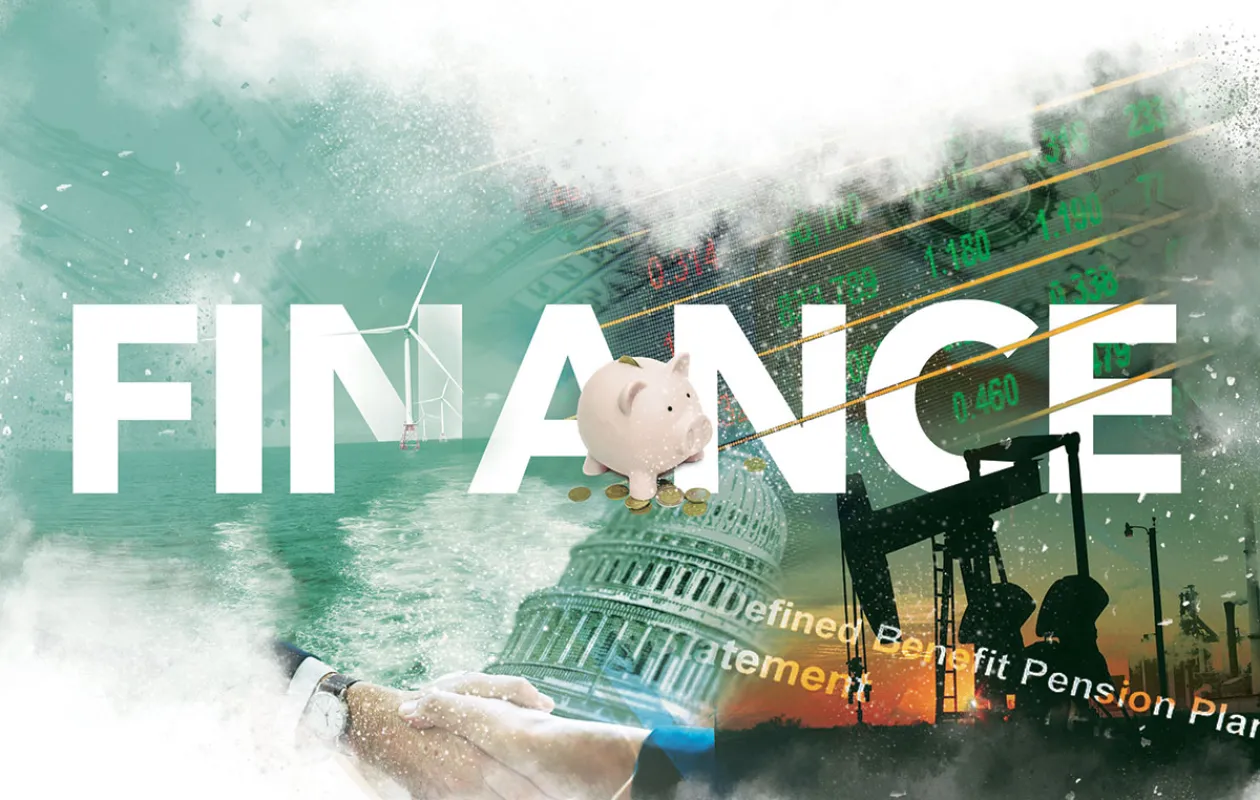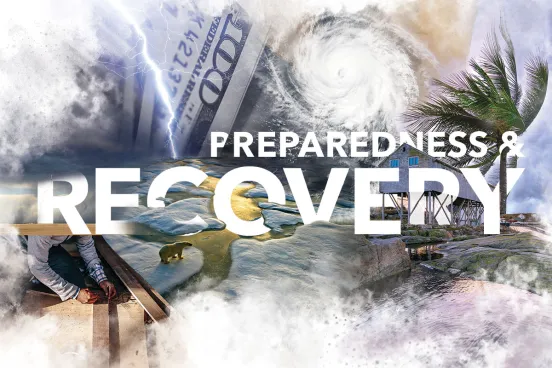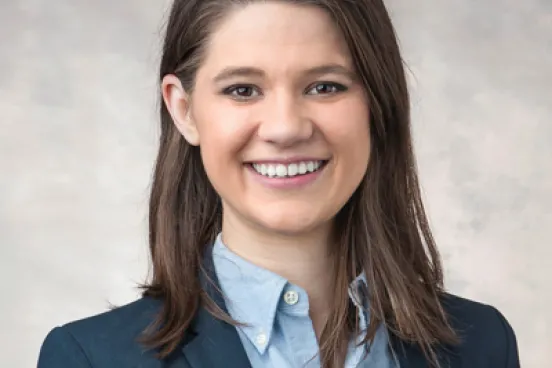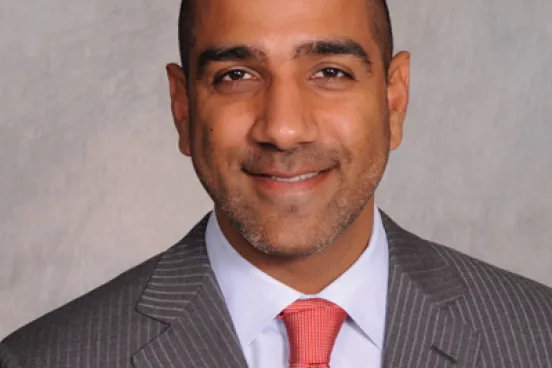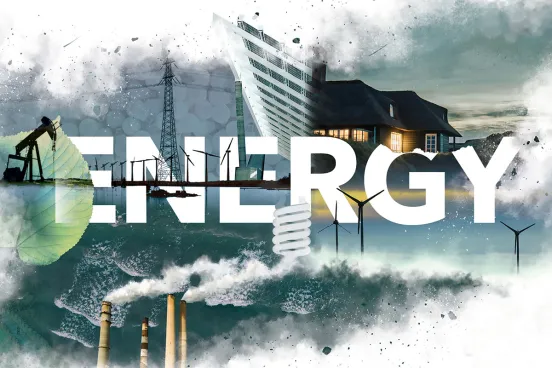When Alan Miller’s state representative knocked on his door in 2015, asking what issues were on his constituent’s mind, he perhaps got more than he expected. “I said that I didn’t think Maryland was adequately considering the risk climate change poses for its pension fund,” Miller says.
Rep. Marc Korman asked Miller to help draft a report about the issue—and later to review draft legislation based on the report. House Bill 993, the Maryland Pension Risk Mitigation Act, was approved by the governor in May. The act requires periodic consideration and disclosure of climate risks—the first such law in the United States.
Paul Astolfi, ’00, Co-Head, Global Projects Group, Mayer Brown LLP“To the extent that you make money burning coal, people are gonna do that. But here’s the thing: It’s hard to make money burning coal anymore.”
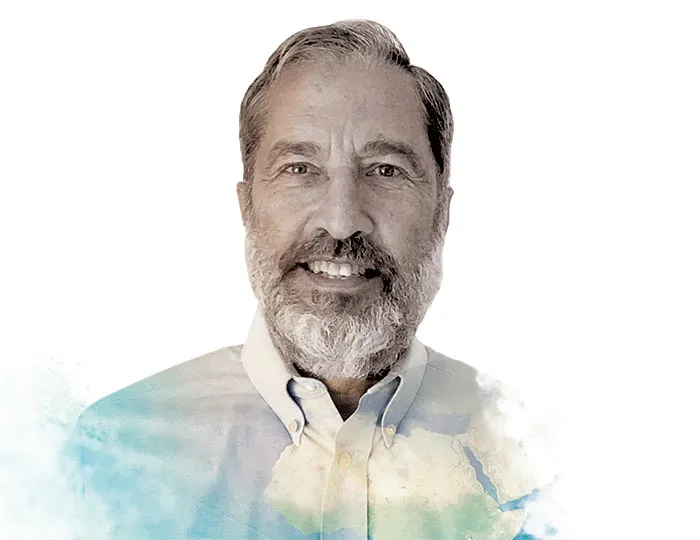
The link between climate change and your retirement portfolio
Miller, ’74, is an internationally recognized expert on climate finance and policy whose career includes a decade in the climate business department at the International Finance Corporation (IFC), the private-sector lending arm of the World Bank. Prior to joining the IFC, Miller spent six years as the climate change team leader at the Global Environment Facility, an international environmental fund, where he managed approval of more than $1 billion in donor funding for clean energy projects in more than 70 developing countries.
Nowadays, Miller consults for USAID and the United Nations, including a donor-funded UN project to modernize weather observation systems in 11 of Africa’s least developed countries. He began exploring the risks that climate change poses for long-term asset management, especially pension funds, while at the IFC.
From smaller pieces of a portfolio, such as coastal real estate and agriculture, to anchors like insurance companies and fossil fuel stocks, “there’s a growing recognition that many investments might be affected,” says Miller, “and I saw a real range in responsiveness on the part of the pension funds.” He cites the long-term ripple effect of volatility in the oil and gas industry as one concern.
Today, the Trump administration wants to increase offshore drilling, but in the coming years, “climate change could become enough of a politically significant issue that you cannot continue burning oil and gas. Then you’ve got a real financial problem—hundreds of billions of dollars in stranded assets affecting pension funds, sovereign wealth funds, and insurance companies.”
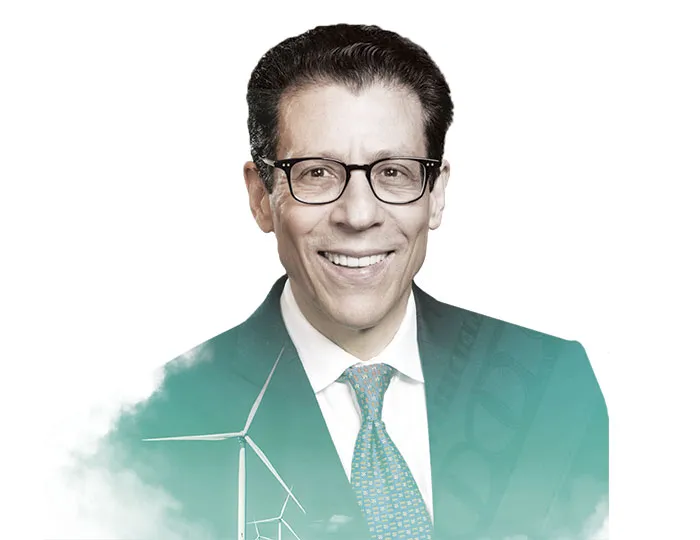
New opportunities, new mentalities
One of those navigating the uncertain landscape is Joe Blum, ’82, the London-based general counsel at Global Infrastructure Partners (GIP), a private equity firm that primarily invests for pension plans, sovereign wealth funds, and insurance companies.
“Our fiduciary duty is to get the best possible risk-adjusted returns for our investors,” Blum says. “Some have made it clear that they no longer want us to invest in coal, and at the same time, some of the strongest returns recently have been in renewable energy.”
GIP’s portfolio includes companies in the energy and transportation sectors—London’s Gatwick Airport is among its holdings—but in the past few years, the energy portfolio has seen a surge. GIP recently acquired Equis Energy, which has renewable assets in eight Asian countries, and the firm owns offshore wind farms in Europe—an area where Blum sees great potential.
“Last year, Germany did a tender for offshore wind development without any subsidies. When you have blades as big as the Eiffel Tower and the ability to produce 13 megawatts, that’s huge. And the marginal cost for running them is zero.”
He also thinks the public is starting to shift away from the not-in-my-backyard aesthetical controversies that plagued previous onshore and offshore developments.
“Even in several ‘red states,’ leaders have been supportive of wind farm development because of the strong wind resource. It creates jobs, so it’s economically advantageous. But in a sense, a politician’s attitude is less relevant because renewable energy is efficient—and the capital will flow to the most efficient energy provider.”
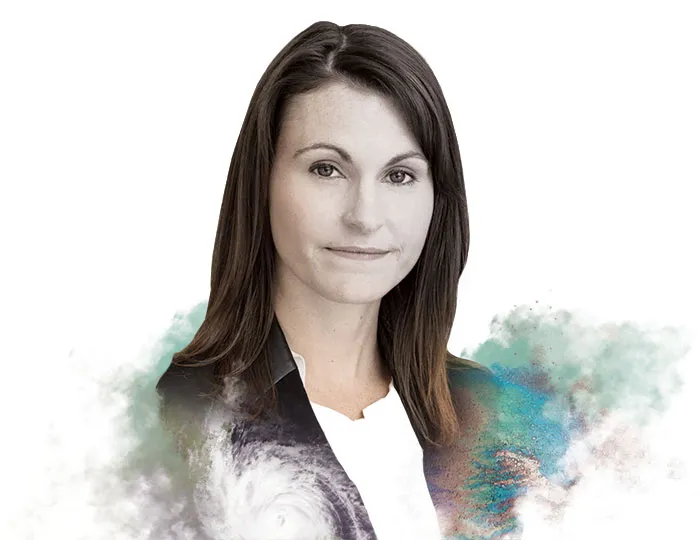
Helping boards and shareholders see the longview
Annise Maguire, ’09, looks at private equity from a different angle but also with an eye to the long view.
“Research shows that sustainability initiatives make companies more profitable in the long run, but U.S. companies have fiduciary duties, which usually result in a short-term focus on their quarterly returns. It’s difficult to sell boards and shareholders on sustainability efforts that might not show results for years.”
As an associate at Willkie, Farr & Gallagher LLP, Maguire’s practice centers on transactional environmental work. The majority of her practice involves negotiating mid-market private equity deals, and advising on real estate matters for public and private companies. Most of the environmental issues surrounding Maguire’s work focus on contamination and pollution, but she says climate change, related to the increase in the amount and severity of natural disasters, is becoming part of the conversation.
“One recent deal involved a lot of calls and detailed questions about whether facilities were affected by Hurricane Harvey. As these events increase in frequency and destructiveness, the impact on facilities that have environmentally sensitive operations will more and more become part of our diligence.”
Many of Maguire’s private equity clients look to exit within three to five years of a purchase, and “want to maximize efficiency and profits to better position them to sell,” she says.
Environmental cleanup increasingly has become a way to do so, even if the damage predates their ownership and thus, in many instances, indemnifies them from the responsibility.
“I see a lot of proactive steps being taken in order to avoid points of contention at exit,” says Maguire, who also does pro bono work for CDP North America (formerly known as the Carbon Disclosure Project), which rates companies’ carbon footprint based on data they voluntarily provide.
“Erasing the false narrative that protecting the environment and development/increased profits are inherently at odds is critical. Whether companies are embracing sustainable practices because they want to be good environmental stewards or because they want to boost their bottom line matters not. Motivation for the action is far less important than the result, which is a healthier planet and, in almost every case, also increased profits. It’s a win-win situation.”
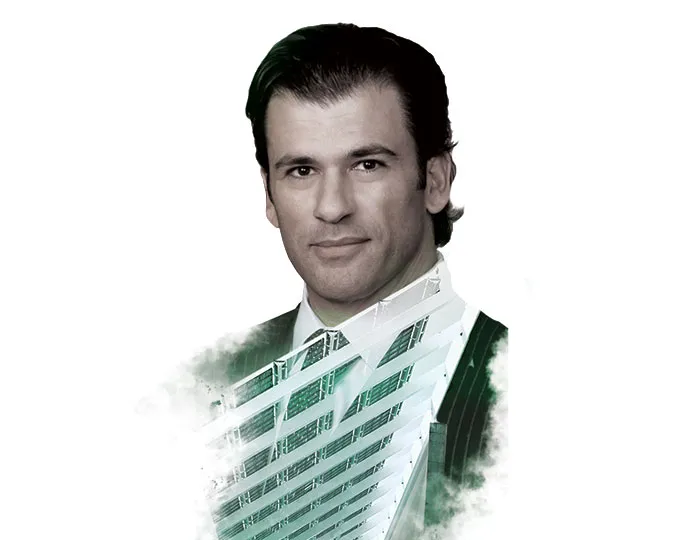
Driving profits while doing good
His clients’ bottom line is at the core of Paul Astolfi’s work as the co-head of the global project finance group at Mayer Brown LLP. “People build renewable energy projects not out of the goodness of their hearts, not because they’re against global warming—but because they’re making money doing it. But at the same time, they are taking actionable steps to solve our global warming problem.”
Astolfi, ’00, has worked on both sides of alternative energy financing—now at Mayer Brown, where he helps his clients build, buy, and sell wind farms and solar fields, in addition to financing oil and gas plants and pipelines—and previously as the general counsel at Acciona Energy in the United States. Acciona was Astolfi’s first foray into renewable energy; it was his first client in a complex project finance deal when he was an associate at another Chicago firm. He continues to represent Acciona, among other clients with diversified interests in the renewable energy market.
Astolfi says the growth of solar energy has been the biggest change during his time in practice, as the price of photovoltaic (solar) panels has dropped. But he cautions that solar and wind energy alone cannot presently meet the world’s energy demands. Astolfi points to natural gas as the current best alternative, given its cheap availability thanks to hydraulic fracturing (fracking), a controversial extraction process.
“Unless we all want to go back to the 19th century, the lights and computers have to go on and the cars have to roll, so how are we going to do that today? The energy industry is a very practical industry, and now gas is an important part of the answer—but the answer tends to be fluid.”
In the meantime, Astolfi says he will continue to be part of making sure that those answers have the resources to flourish. “I don’t want to pay lip service to these problems; I want to be part of actually building the solutions, and helping my clients in the process.”


